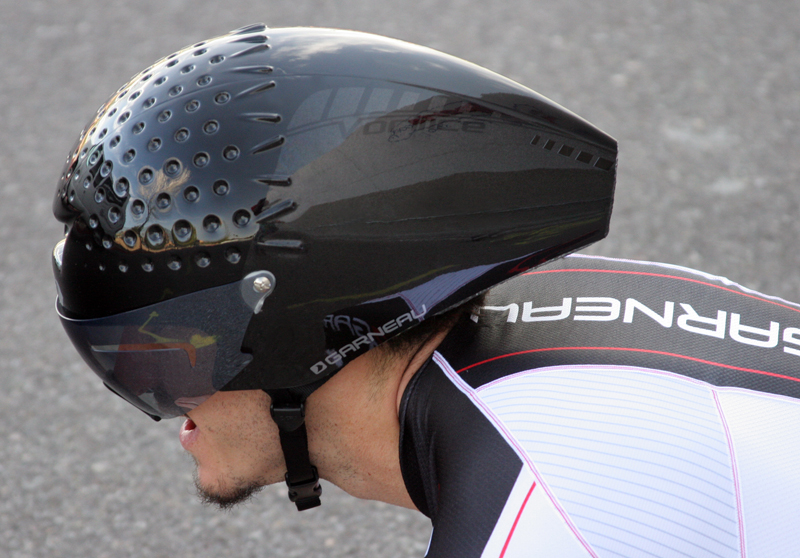cgrubb wrote:
Don’t know much about surfboards, but yachts have always had their hull sanded below the waterline to improve speed. Yachts with a sanded bottom are always faster than ones that are polished. For the racing sailor job #1 when getting a nice shiny new boat is to bring out the 800 grade wet and dry paper to give it a good sanding below the waterline. I cannot tell you why this works I will leave that to the ST scientists on the forum. But there must be some parallels into aerodynamics.
I think this was against the rules back in the days I did sailing regattas.
